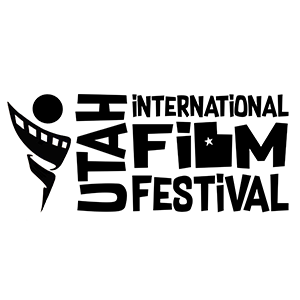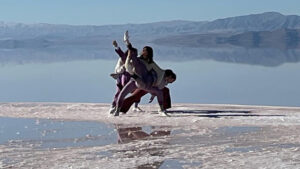How to Produce a Documentary

At the Utah Film Festival, we celebrate the art of independent cinema, and among the most compelling forms of storytelling is the documentary film. If you’re an aspiring filmmaker with a passion for capturing real-life stories, this guide is tailored to you. Producing a documentary is a unique journey filled with challenges and rewards. Let’s embark on this adventure together and explore the steps to turn your documentary idea into a captivating film.
1. Finding Your Documentary Idea
Every documentary begins with a compelling idea or subject matter. As a Utah Film Festival enthusiast, you’re already part of a vibrant artistic community. Look around, listen to local stories, and find subjects that resonate with you and your audience.
2. Research and Pre-production
Once you have your idea, dive into thorough research. Gather as much information as possible about your subject, including historical context, key figures, and existing footage or materials. Create a production plan, outline your budget, and secure necessary permits and releases.
3. Assembling Your Team
Collaboration is key in filmmaking. Surround yourself with a talented and passionate team that shares your vision. This includes a director, cinematographer, editor, sound engineer, and producers. As a Utah Film Festival participant, you have access to a pool of local talent eager to contribute to your project.
4. Crafting Your Story
Documentaries are about storytelling. Decide on the narrative structure that best serves your subject. Will it be chronological, thematic, or character-driven? Your storytelling approach will shape how your audience engages with your film.
5. Funding Your Documentary
Funding is often a challenge for independent filmmakers. Explore options like grants, crowdfunding, or partnerships with local organizations. The Utah Film Festival community can offer insights and connections to potential sponsors.
6. Shooting and Interviews
Get out there with your camera and start filming. Conduct interviews, capture footage, and immerse yourself in the world of your subject. Stay open to unexpected moments that can elevate your documentary.
7. Post-production
Editing is where your documentary truly comes to life. Work closely with your editor to shape the narrative, add music and sound design, and fine-tune the visual elements. This is also the time to secure any necessary rights for music and archival footage.
8. Test Screenings and Feedback
As a member of the Utah Film Festival community, you have access to a supportive network. Organize test screenings to gather feedback from fellow filmmakers and enthusiasts. Their insights can help you refine your documentary.
9. Distribution and Promotion
Consider your distribution strategy early on. Will you submit your film to festivals, pursue a theatrical release, or explore streaming platforms? Promote your documentary through social media, local events, and collaborations with the Utah Film Festival.
10. Celebrate Your Documentary
Once your documentary is complete, celebrate your hard work by sharing it with your community at events like the Utah Film Festival. Engage with your audience and use their feedback to inform your future projects.
Producing a documentary is a labor of love that requires dedication, creativity, and resilience. As a member of the Utah Film Festival family, you are part of a community that appreciates the power of storytelling through film. Take these steps, embrace the journey, and bring your unique vision to life on the screen. Your documentary has the potential to inspire, inform, and captivate audiences, making a lasting impact on both local and international screens. Here’s to your filmmaking journey and the stories that await your lens. Happy documentary filmmaking!




